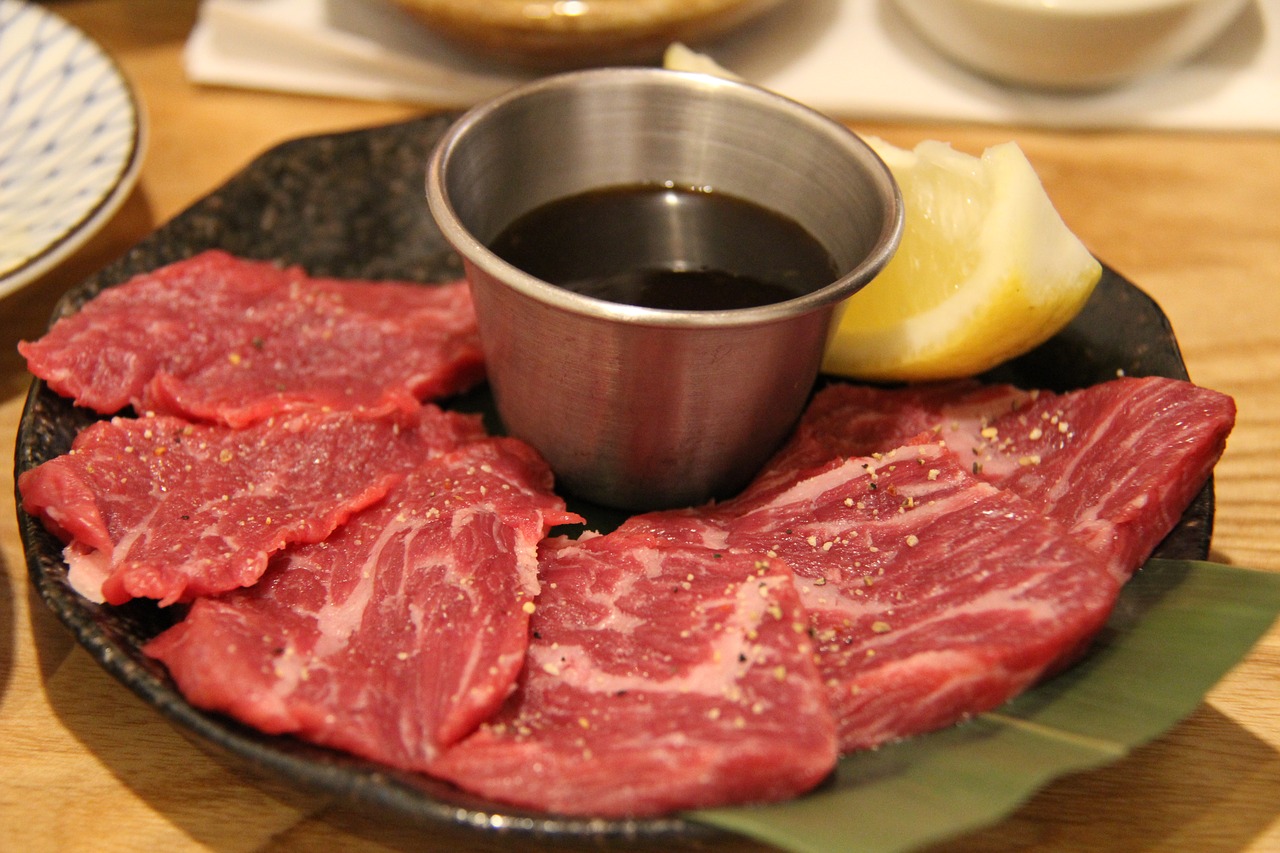Nowadays, it is possible to print almost anything, even meat. Meat printing could be an option to obtain this source of protein more easily and without killing animals. Researchers at Osaka University use 3D-bioprinting to create structured cultured meat like the complex texture of Wagyu beef. Just imagine that you are eating a tasty steak and you are not bothered by the conscience that the animal had to die because of food.
3D-bioprinting of meat
Japanese researchers from the University of Osaka used stem cells isolated from Wagyu cows to 3D print a meat alternative. It is a really perfect meat that contains muscles, fat and blood vessels. The structure of the printed meat is therefore so similar to the real meat that you probably would not know the difference between a regular steak and a printed steak. The development of this method of meat production leads to a more sustainable future. Livestock farming in the traditional way leads to the production of large amounts of emissions.

The best synthetic alternative to real meat
The current meat alternatives have not been very good. However, a team of scientists from Osaka was able to create the perfect synthetic meat that looks real.
“Using the histological structure of Wagyu beef as a blueprint, we have developed a 3D-printing method that can produce tailor-made complex structures, like muscle fibers, fat, and blood vessels,” lead author Dong-Hee Kang says. „To overcome this challenge, the team started with two types of stem cells, called bovine satellite cells and adipose-derived stem cells. Under the right laboratory conditions, these “multipotent” cells can be coaxed to differentiate into every type of cell needed to produce the cultured meat. ”
With the help of 3D bioprinting, these cells were arranged in structures that faithfully copy the structure of Wagyu meat. “By improving this technology, it will be possible to not only reproduce complex meat structures, such as the beautiful sashi of Wagyu beef, but to also make subtle adjustments to the fat and muscle components,” senior author Michiya Matsusaki says.
Meat according to customer requirements
In the future, customers could order meat with the required content of fat and protein, depending on their health or taste aspects. Research is underway around the world on the easiest way to produce meat in a sustainable way. The sooner the production of artificial meat becomes commonplace, the sooner high emissions will be reduced and it will be possible to consume meat en masse without killing animals.
Source:
https://www.eurekalert.org/news-releases/926245
https://www.nature.com/articles/s41467-021-25236-9
Image credit: Osaka Universty
















